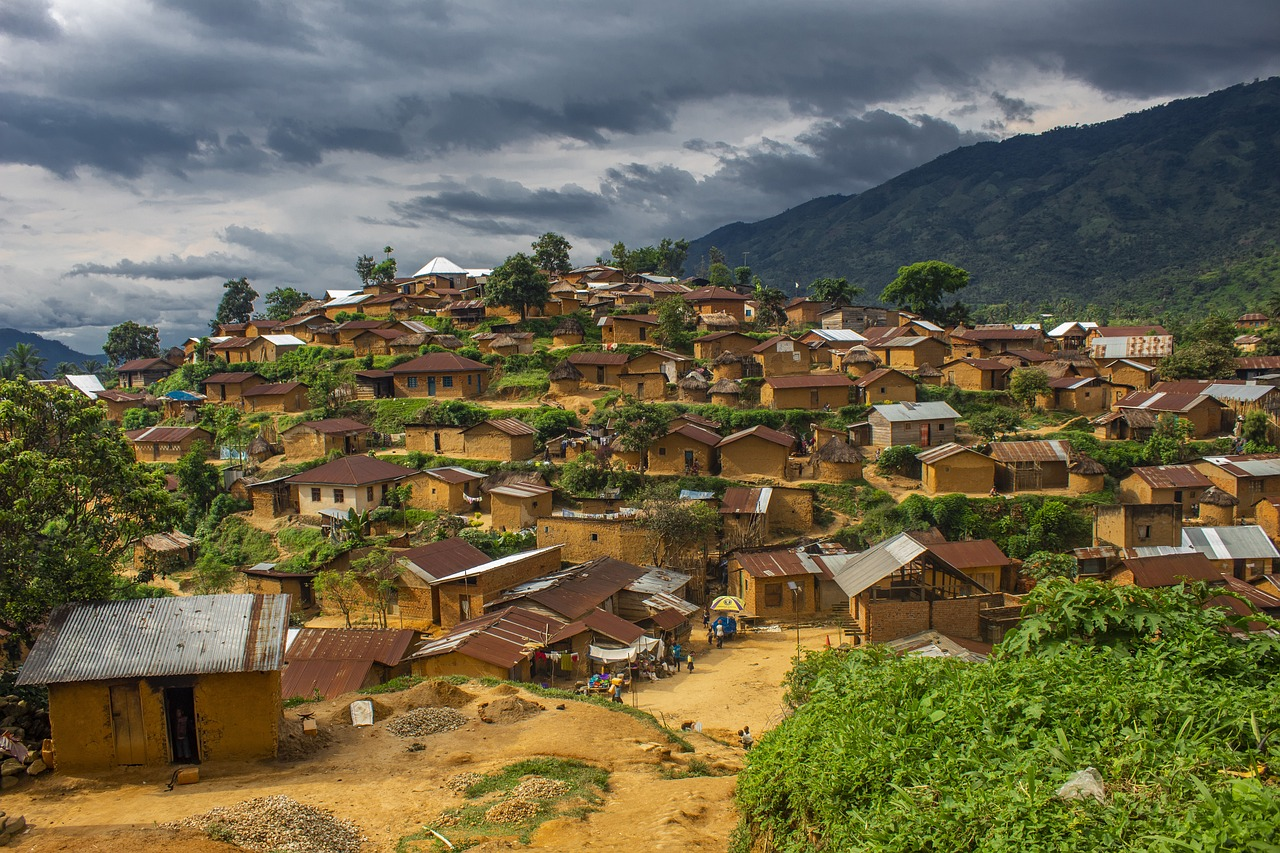The Democratic Republic of the Congo (DRC) is a vast and captivating country located in Central Africa, renowned for its rich natural resources, diverse cultures, and breathtaking landscapes. With an area of over 2.3 million square kilometers, it is the second-largest country in Africa and boasts a wealth of biodiversity, including the famous Congo Rainforest, the second-largest rainforest in the world.
The DRC’s complex history, marked by colonialism and conflict, has shaped its resilient people and vibrant cultural heritage, making it a unique destination for travelers seeking adventure and exploration.
Table of Contents
Geography
The Democratic Republic of the Congo is a country of remarkable geographical diversity. Covering approximately 2,344,858 square kilometers, it is bordered by nine countries: the Republic of the Congo to the west, Central African Republic to the north, South Sudan to the northeast, Uganda and Rwanda to the east, and Burundi to the southeast.
The DRC also shares a border with Angola to the southwest and has a coastline along the Atlantic Ocean. The country features a variety of landscapes, including the vast Congo River, which is the second-longest river in Africa, and the dense Congo Rainforest, home to an incredible array of wildlife and plant species.
The DRC is also known for its mountainous regions, such as the Rwenzori Mountains, which offer breathtaking views and are home to some of Africa’s highest peaks. The climate varies across the country, with tropical climates in the rainforests and drier climates in the southern regions.
States of DMC
The Democratic Republic of the Congo (DRC) is divided into 26 provinces. These provinces include the capital city, Kinshasa, which is also considered a province. Here’s a table listing the 26 provinces of the Democratic Republic of the Congo along with their capitals:
| No. | Province | Capital |
|---|---|---|
| 1 | Bas-Uélé | Buta |
| 2 | Haut-Uélé | Isiro |
| 3 | Ituri | Bunia |
| 4 | Tshopo | Kisangani |
| 5 | Bas-Congo (Kongo-Central) | Matadi |
| 6 | Kwango | Kenge |
| 7 | Kwilu | Bandundu |
| 8 | Mai-Ndombe | Inongo |
| 9 | Kinshasa | Kinshasa |
| 10 | Kasaï | Luebo |
| 11 | Kasaï-Central | Kananga |
| 12 | Kasaï-Oriental | Mbuji-Mayi |
| 13 | Lomami | Kabinda |
| 14 | Sankuru | Lusambo |
| 15 | Maniema | Kindu |
| 16 | South Kivu | Bukavu |
| 17 | North Kivu | Goma |
| 18 | Tanganyika | Kalemie |
| 19 | Haut-Lomami | Kamina |
| 20 | Lualaba | Kolwezi |
| 21 | Haut-Katanga | Lubumbashi |
| 22 | Kongo-Central (Bas-Congo) | Matadi |
| 23 | Sud-Ubangi | Gemena |
| 24 | Nord-Ubangi | Gbadolite |
| 25 | Mongala | Lisala |
| 26 | Équateur | Mbandaka |
History
The history of the Democratic Republic of the Congo is marked by significant events that have shaped its identity and development. The region has been inhabited for thousands of years, with numerous ethnic groups and cultures coexisting. The Kingdom of Kongo, established in the 14th century, was one of the most powerful states in Central Africa, known for its trade and cultural influence.
The arrival of European explorers in the 19th century, particularly Henry Morton Stanley, brought about significant changes. In 1885, King Leopold II of Belgium claimed the region as his personal possession, leading to the establishment of the Congo Free State. This period was marked by extreme exploitation, forced labor, and atrocities against the local population, leading to the deaths of millions.
In 1960, the DRC gained independence from Belgium, becoming a republic. However, the country faced political instability and violence in the years that followed, culminating in the rise of dictator Mobutu Sese Seko, who ruled for over three decades. His regime was characterized by corruption and human rights abuses. In the late 1990s, the DRC was plunged into conflict, leading to the First and Second Congo Wars, which resulted in millions of deaths and widespread suffering. Despite these challenges, the DRC has shown resilience, and efforts for peace and reconstruction are ongoing.
Top Ten Must-Visit Destinations
1. Virunga National Park

Virunga National Park, a UNESCO World Heritage Site, is one of the most biodiverse parks in Africa. Home to the endangered mountain gorilla, the park offers visitors the chance to track these magnificent creatures in their natural habitat. The stunning landscapes, including volcanic mountains and lush rainforests, make Virunga a must-visit destination for nature enthusiasts and adventure seekers.
2. Kahuzi-Biega National Park

Kahuzi-Biega National Park is another UNESCO World Heritage Site, renowned for its population of Eastern lowland gorillas. The park features rich biodiversity and offers hiking trails that lead visitors through stunning landscapes, waterfalls, and unique flora. Birdwatchers will also find Kahuzi-Biega to be a paradise, with numerous endemic species to observe.
3. Lake Tanganyika

Lake Tanganyika, one of the African Great Lakes, is known for its crystal-clear waters and rich biodiversity. It is the second-deepest lake in the world and offers opportunities for swimming, fishing, and water sports. The surrounding towns, such as Kalemie and Bujumbura, provide a glimpse into local culture and traditions.
4. Kinshasa

Kinshasa, the capital city of the DRC, is a bustling metropolis that showcases the vibrant culture of the country. Visitors can explore local markets, such as the Marché de la Liberté, where artisans sell handmade crafts and traditional goods. Kinshasa is also home to museums, cultural centers, and lively nightlife, offering a taste of urban Congolese life.
5. Lola ya Bonobo
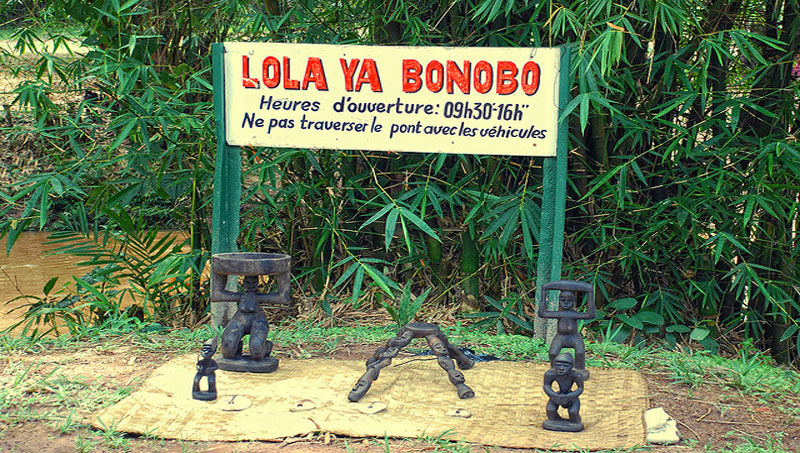
Lola ya Bonobo is a sanctuary dedicated to the protection and rehabilitation of bonobos, a species native to the DRC. Located near Kinshasa, the sanctuary provides visitors with the opportunity to learn about these incredible primates and the conservation efforts underway to protect them. Guided tours allow for close encounters with bonobos in a natural setting.
6. Salonga National Park
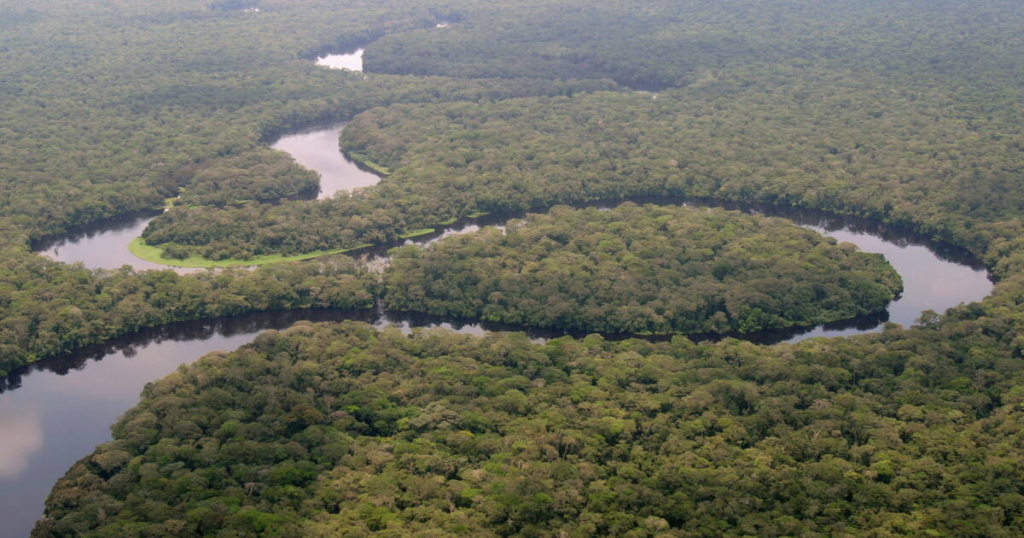
Salonga National Park is the largest tropical rainforest park in Africa and a UNESCO World Heritage Site. It is home to a diverse range of wildlife, including the elusive forest elephant and various primate species. The park offers unique opportunities for eco-tourism, including guided treks and boat trips through the lush waterways.
7. The Congo River
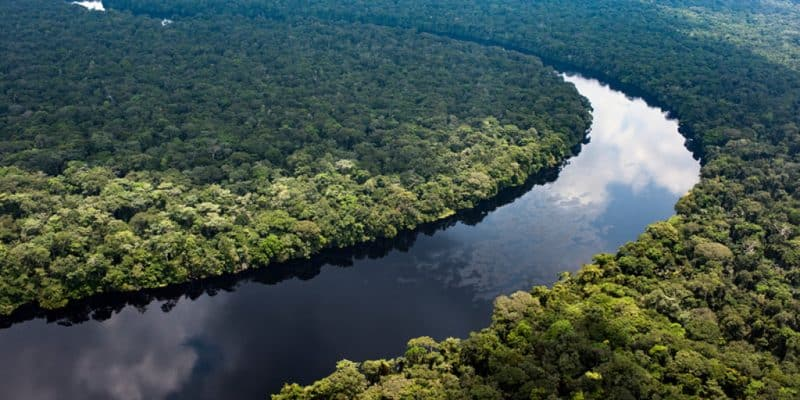
The Congo River is a lifeline for the country, providing transportation, trade, and a source of life for millions of people. Visitors can take boat trips along the river, experiencing its majestic beauty and the vibrant culture of riverside communities. The river is also a gateway to exploring the lush landscapes of the Congo Basin.
8. Tshela
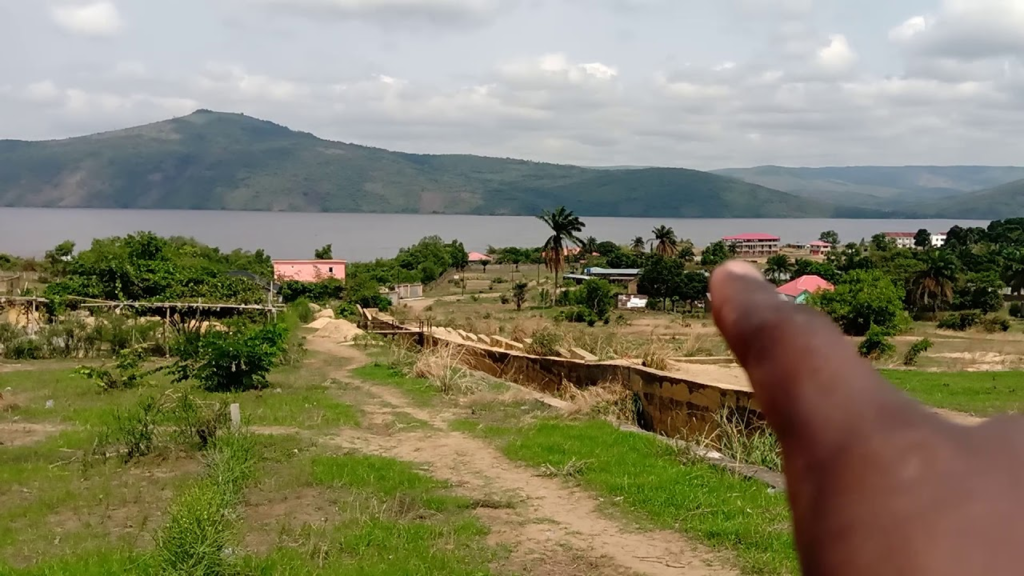
Tshela is a picturesque town located on the banks of the Congo River, known for its rich history and natural beauty. The town is a great starting point for exploring the surrounding countryside, with opportunities for hiking and interacting with local communities. Visitors can experience the warm hospitality of the Congolese people and enjoy traditional meals.
9. Kisangani
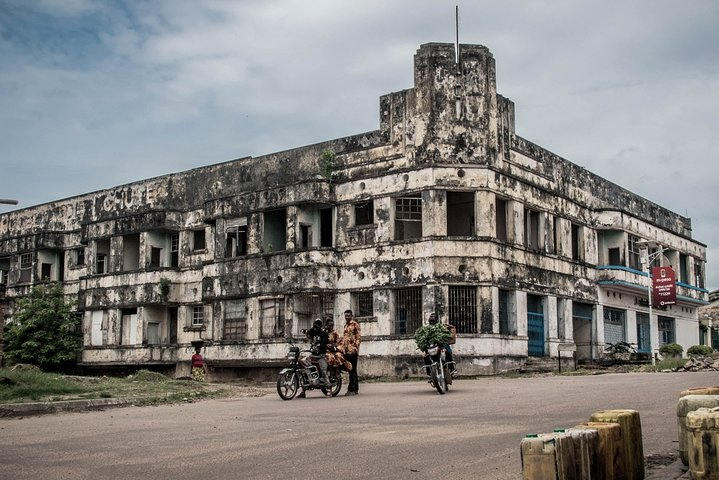
Kisangani is the largest city in the DRC’s northeastern region and is known for its stunning waterfalls and rich cultural heritage. The city is located at the confluence of the Congo River and the Tshopo River, providing breathtaking views and opportunities for water-based activities. Visitors can explore local markets, historical sites, and enjoy the vibrant atmosphere of Kisangani.
10. The Royal Museum of Central Africa
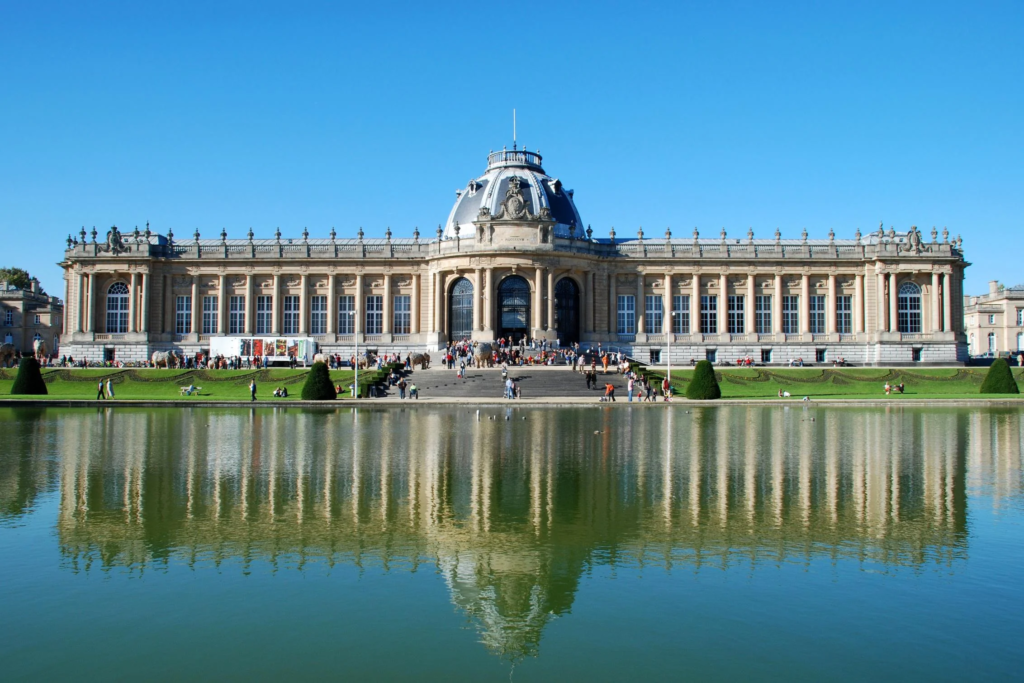
Located in Tervuren, Belgium, the Royal Museum of Central Africa is an important institution that showcases the cultural heritage and history of the DRC. While not located in the DRC itself, the museum offers valuable insights into the country’s past and the impact of colonialism. It is a significant resource for understanding the complexities of the DRC’s history and cultural identity.
Culture
The culture of the Democratic Republic of the Congo is incredibly diverse, with over 200 ethnic groups contributing to the country’s rich tapestry of traditions, languages, and customs. The primary languages spoken are French, Lingala, Swahili, Kikongo, and Tshiluba. Each ethnic group has its own unique customs and practices, resulting in a vibrant cultural mosaic.
Music and dance are integral parts of Congolese culture, with genres such as soukous and rumba gaining international popularity. Traditional music often incorporates instruments like the likembe (thumb piano) and drums, creating lively rhythms that accompany dances during celebrations and ceremonies. Festivals and events are vibrant displays of cultural expression, with colorful costumes, music, and dance performances that bring communities together.
The DRC is also known for its artistic heritage, particularly in visual arts and crafts. Traditional craftsmanship includes wood carving, beadwork, and textiles, with artisans showcasing their skills through intricate designs. The art often reflects the cultural beliefs and traditions of the various ethnic groups, providing insight into the country’s rich cultural heritage.
Festivals
Festivals in the Democratic Republic of the Congo are lively celebrations that reflect the country’s diverse cultural heritage. One of the most significant festivals is the Festival of the Rumba, which celebrates the popular music genre that originated in the DRC. The festival features performances from renowned musicians, dance competitions, and cultural exhibitions, showcasing the vibrancy of Congolese music and dance.
Another important event is the Bumba Mentula Festival, which honors the traditional culture of the Bantu people. This festival includes traditional music, dance, and storytelling, providing a platform for the preservation and promotion of local traditions. Throughout the year, various ethnic groups hold their own festivals, celebrating harvests, weddings, and religious occasions, creating a rich tapestry of cultural celebrations across the country.
Economy
The economy of the Democratic Republic of the Congo is largely based on its abundant natural resources, including minerals, timber, and agricultural products. The country is one of the world’s largest producers of cobalt, copper, and diamonds, making mining a crucial sector of the economy. The DRC is also rich in forests, providing timber and non-timber forest products.
Despite its vast resources, the DRC faces significant challenges in economic development. Political instability, corruption, and inadequate infrastructure have hindered progress, leading to high levels of poverty and unemployment. However, efforts are being made to improve the business environment, attract foreign investment, and develop infrastructure to support economic growth.
Agriculture is another essential component of the DRC’s economy, with the majority of the population engaged in subsistence farming. The country’s fertile lands produce crops such as cassava, maize, rice, and palm oil, contributing to food security and local livelihoods. The government is working to enhance agricultural productivity and promote sustainable farming practices to support rural communities.
Cuisine
Congolese cuisine is a reflection of the country’s diverse cultures and traditions. Staples include cassava, plantains, and rice, often served with sauces made from vegetables, peanuts, or meat. One popular dish is fumbwa, a traditional vegetable stew made with cassava leaves and often served with fish or meat. Moambe chicken, cooked in a rich sauce of palm oil and ground peanuts, is another favorite dish that showcases the flavors of Congolese cooking.
Street food is prevalent in urban areas, with vendors offering a variety of snacks and dishes. Fried plantains, chikwangue (fermented cassava bread), and grilled meats are popular choices for those seeking a quick and delicious meal. The country’s culinary traditions are influenced by the availability of local ingredients, creating a vibrant food culture that reflects the diversity of the Congolese people.
Top Eight Most Famous Food
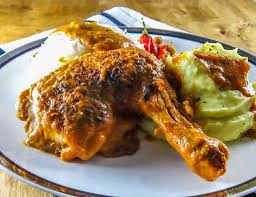
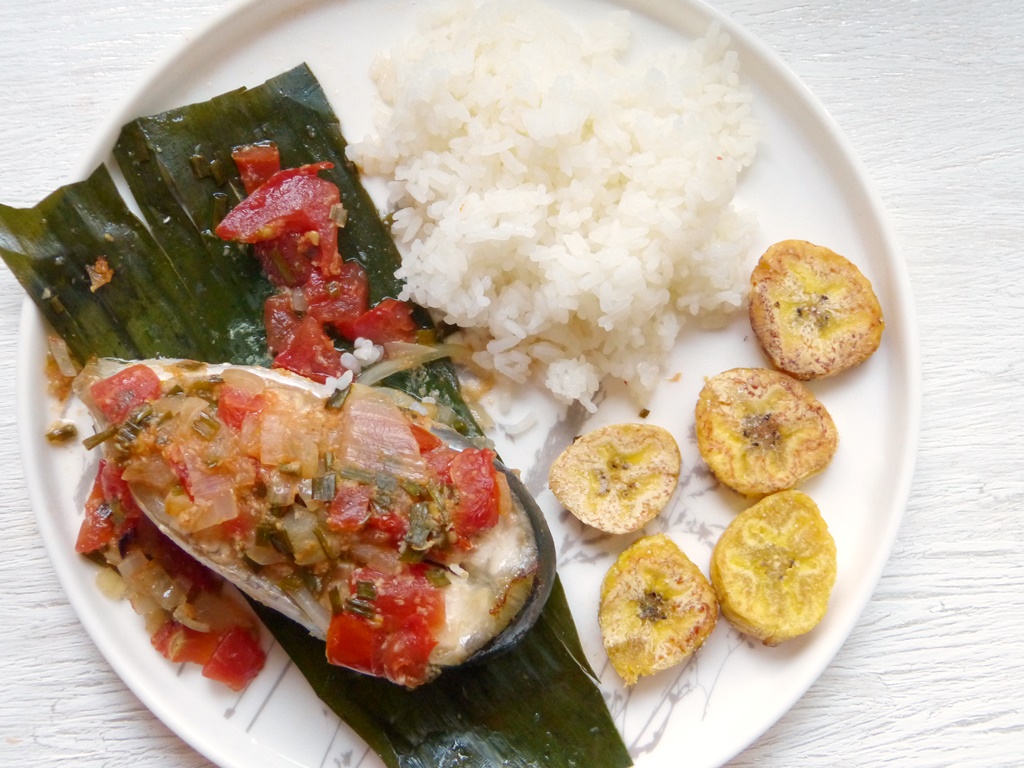
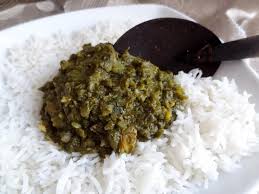
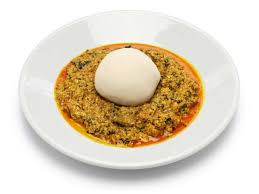
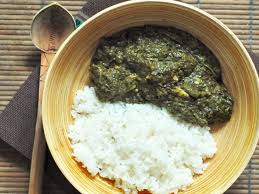

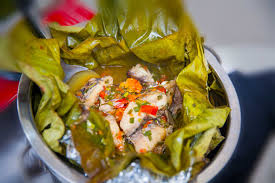
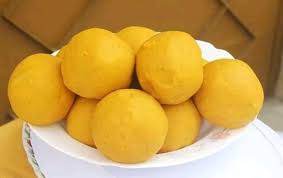
Interesting Facts
- The Democratic Republic of the Congo is the second-largest country in Africa by land area.
- It is home to the Congo River, the second-longest river in Africa.
- The DRC has one of the largest rainforests in the world, rich in biodiversity.
- The country is a major producer of cobalt, crucial for electric vehicle batteries.
- The national animal of the DRC is the Okapi, a unique mammal that resembles a cross between a horse and a zebra.
- The DRC has over 200 ethnic groups and more than 700 spoken languages.
- The Congo Basin is one of the most important carbon sinks in the world.
- The country has a vibrant music scene, with soukous and rumba being popular genres.
- The DRC is known for its rich deposits of diamonds and gold.
- Virunga National Park is home to half of the world’s remaining mountain gorillas.
Conclusion
The Democratic Republic of the Congo is a country of immense beauty, resilience, and cultural diversity. Its rich history, stunning landscapes, and vibrant traditions make it a fascinating destination for travelers seeking adventure and exploration. Despite the challenges it faces, the DRC’s people continue to showcase their strength and creativity, inviting the world to experience the wonders of this remarkable country.
let’s enjoy few years on earth with peace and happiness….✍🏼🙏

